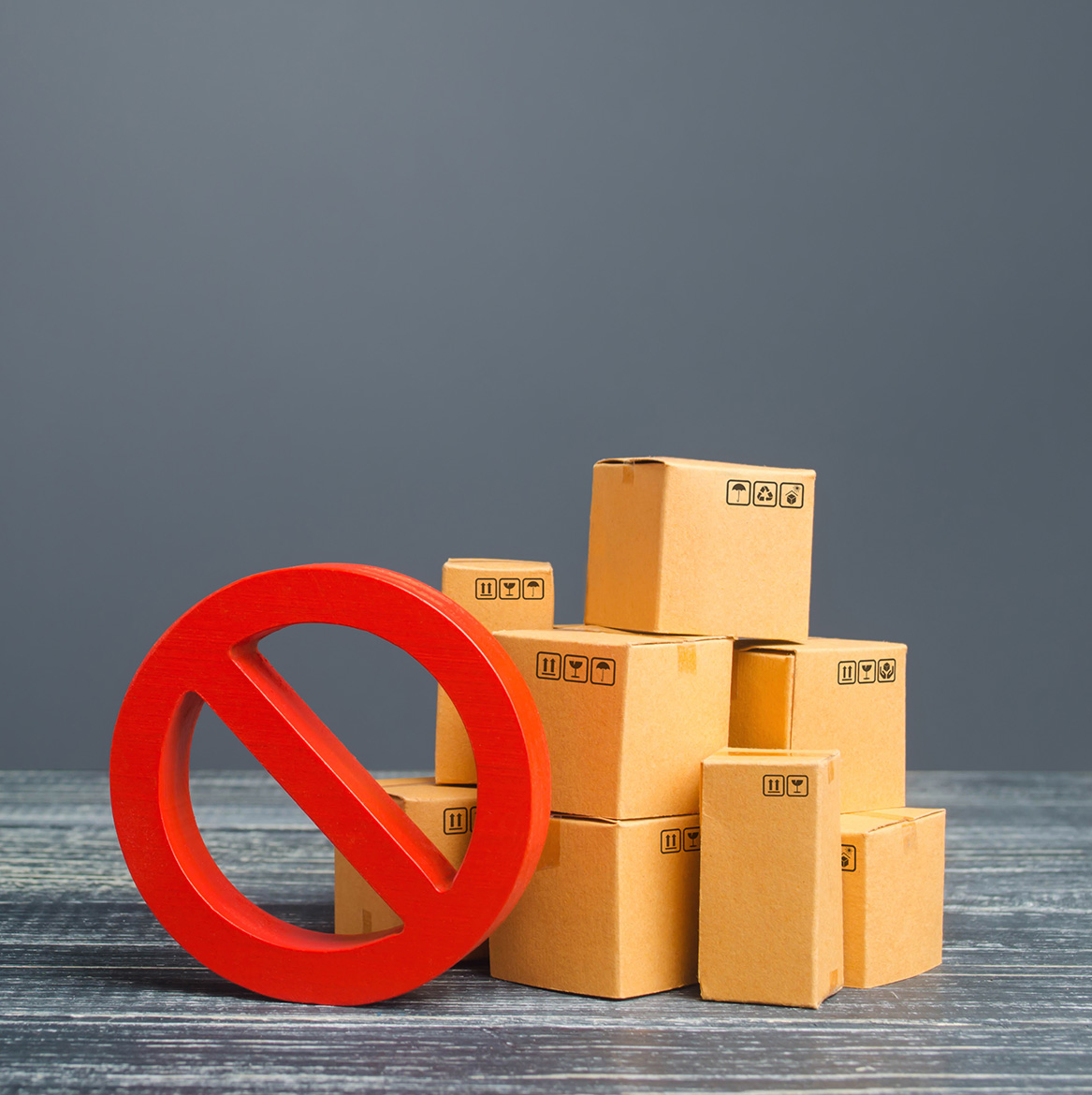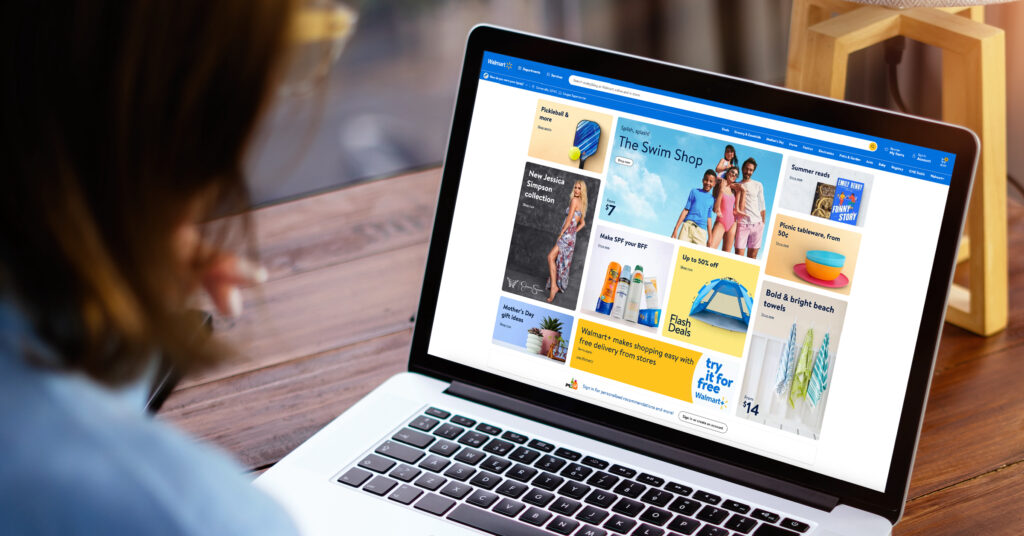Inventory and Ads
Shipping containers of goods sourced from China. Pallets of carefully developed products stacked at your own warehouse. A favorite item you keep on your desk to remind you what you’re making possible for your customers. Inventory is the bread and butter of ecommerce. It’s likely a brand’s biggest investment and it’s the reason customers hand over their hard-earned dollars to a brand.
Managing inventory well is critical to business success, but with Amazon as the marketplace to sell those goods, it’s not always transparent what the right tactics and strategies are for inventory management. That’s because replenishment suggestions from Seller Central are inadequate, Amazon’s capacity to handle inventory logistics are complicated by many external factors, and their policies can punish brands who don’t get inventory management exactly right.
Henry Relph, Ecommerce Analyst, here at Teikametrics often works with clients who have concerns about how their inventory and fulfillment logistics will interact with their advertising strategy. Especially since the widespread impacts of the pandemic starting in March, brands have faced significant inventory challenges. Henry says, “A lot of my clients have had inventory issues these past six months. They either sold out or they couldn’t make their products like they used to.” That’s left them scrambling to provide the products their customers expect, and to meet the bottom line.
A lot of my clients have had inventory issues these past six months. They either sold out or they couldn’t make their products like they used to.
Sam Loevener, Vice President and Licensing Director of Trau and Loevner, owner of the brand Tee Luv said, “Our Amazon supply chain was rattled when the pandemic hit back in March. Fulfillment centers stopped accepting our inventory for FBA and shipping windows to customers increased dramatically for the remaining FBA products that we still had in stock.”
Our Amazon supply chain was rattled when the pandemic hit back in March. Fulfillment centers stopped accepting our inventory for FBA and shipping windows to customers increased dramatically for the remaining FBA products that we still had in stock.
Keeping products in stock has been hampered by ongoing supply chain troubles caused by the COVID-19 pandemic. Meanwhile, policies that Amazon instituted to triage essential items and make those available to shoppers who weren’t able to get their toilet paper or cereal in their usual brick and mortar stores, left many brands unable to reach customers with the products they did have available themselves. These challenges have required brands to get creative with their inventory management and how that interacts with other aspects of their business, including advertising.
Using FBA and FBM Together
A strategy many brands have deployed to ensure the best possible coverage, increasingly so in the past few months, has been to diversify fulfillment logistics. These brands back up any Fulfilled By Amazon (FBA) offer with a Fulfilled By Merchant (FBM) offer. Being able to fulfill products both by FBA and FBM means that if for whatever reason your FBA offer is no longer available, you can still make an Amazon sale of that product via FBM. FBA is often the preferred fulfillment method because of Prime membership and shipping times, but it’s better to have a back-up than to have no possibility of making the sale.
Henry explains, “Most of my clients would ideally sell 100% FBA, but many also have the ability to fulfill orders themselves (FBM), so if they go out of stock on FBA Prime they still have an offer there.”
Henry cautions that if you’d like to keep ads running for your FBM offer, it’s important to take the time to put both FBA and FBM SKUs in the same advertising campaign so the FBM can seamlessly fill in when the FBA is unavailable. In this case, onversion rates and ROAS may both be lower if you’re merchant fulfilling instead of FBA, as some customers won’t want to wait for the longer shipping times. Advertising your FBM SKUs may not always make sense for your brand or for certain products.
Sam reflected on the decision to mitigate problems with Tee Luv supply and fulfillment: “We made a strategic decision to have all of our FBM SKUs included in advertising, ensuring our ads were still being shown as we relied more and more on FBM and had those offers winning the Buy Box more often.”
Ad Strategy When Stock-out Is Inevitable

However, even with that FBM back-up strategy in place, there could be other reasons for stocking out, such as a delayed shipment of parts from China. Sometimes, no matter what a brand does, stocking out is inevitable. When that happens, there are a few possible approaches to handling ads. Henry says a lot of these kinds of decisions about advertising strategy come down to the unique details of a particular business:
- How long will they be out of stock for?
- Will they sell through organically without ads before inventory is replenished?
- What competition or brand awareness issues form the backdrop for the inventory issues?
There’s also another even bigger backdrop lurking behind all of this, and that’s consequences handed down by Amazon for products being out of stock or having low sell-through rates. Anything that’s out of stock won’t be eligible for sponsored ads and its organic ranking will suffer.
Depending on the competitiveness of a category and how valuable a products’ sales rank is to its success, sellers will have to weigh the implications of running out of stock and hurting their position. Although rank can be regained, it may take longer to achieve a previous rank position if a stock out occurs.
And then there’s the matter of Amazon’s Inventory Performance Index (IPI) metric. IPI measures inventory management in the realms of stock-outs, sell-through, stranded inventory and more.
The problem is, when a seller’s IPI doesn’t fall within the required range, Amazon will place a cap on how much stock can be sent to its fulfillment centers. Brands can work to keep their inventory moving, avoid having excess or stranded inventory, and maintain IPI by pushing better sell-through with advertising.
Reasonable approaches to managing ads with an inevitable stock out, depending on specific circumstances, include:
- Temporarily pause advertising for products that will stock out before inventory is replenished. This makes the most sense for a seller that knows it can sell through based on organic conversions only before it will be able to replenish stock. This is easiest to manage with well-structured ad campaigns.
- Reduce investment in ads. This is basically a light version of approach number one. This makes more sense for a brand that’s concerned sales may drop away without the support of advertising. Again, it will be important to be precise about where the reduction in investment happens, and not decrease spend across multiple products that have been jumbled into a single campaign, if only one of those products is at risk of stocking out.
- Finally, it may make sense to run ads as usual. This could be the best strategy to be sure to maintain brand awareness, as well as to not wind up overreacting and failing to sell through after all.
There’s also a kind of fourth strategy, not in terms of ad management, but another way to address a risk of stocking out, and that’s price increase. This is one to be careful with because too much of an increase can trigger a response from Amazon. A steep price increase can suppress the Buy Box and potential customers will have to make an additional click from the product detail page to add the product to their cart. In more serious cases, a dramatic change in price may be flagged as price gouging, especially for sensitive items like masks or hand sanitizer, and a seller risks being suspended from Amazon. However, a small increase in price could slow down sell-through and enable the seller to move the price back down either immediately or once inventory is replenished.
Ad Strategy For Liquidation
At the other end of the spectrum from stocking-out is winding up with long-term storage fees for products that Amazon has stored for more than a year. In such a case, or whenever there’s a need to liquidate inventory, Henry recommends considering pushing the gas on ads. He says, “Yeah, it’s going to cost money to advertise but the question is – would it be more expensive if the products are just sitting there and you’re incurring fees?”
Ultimately it comes down to unit cost benefit analyses, keeping in mind historical sell through rates and any seasonal increases in storage fees. If you’re confident you’ll be able to sell through organically, that’s great. If not – consider investing in advertising for that extra push.
Investing in advertising to encourage sell through is not just for the inventory that has sat in the fulfillment centers too long. If a business is strategically invested in certain items to succeed and/or has a large amount in stock, those items should have advertising spend behind them. For 1P brands who might’ve received a large order from Amazon for a single SKU, they should particularly focus on investing in advertising for that SKU.
Looking Backward, Looking Forward to Q4
In a certain sense, all these approaches to handling inventory challenges are backward-looking. We can look back over 2020 to see what approaches have worked best for our clients during disruptions to business as usual. A big looming question remains whether Amazon is ready to handle another surge in shopping volume.
Henry wonders, “Will they be ready for this holiday season or will we see similar fulfillment restrictions and shipping delays that we saw towards the beginning of the pandemic?” One advantage Amazon has heading into the holidays is time. They’ve had months to hire up and get ready for the holiday spike in demand, whereas early in the pandemic, they were reacting to an unanticipated crisis.
Amazon has pushed back Prime Day again and again, out of summer and well into fall, presumably in order to prepare the infrastructure it needs to handle the increased volume. Prime Day is now rumored to be in early October, but whenever it actually happens, at this point, it will fall uncommonly close to Black Friday and Cyber Monday.
Sellers certainly need to get their ducks in a row in order to get ahead of the game on sending inventory to Amazon. But they also need to be ready to be nimble, to have back up-plans for fulfillment, for advertising, and for every part of their business, so that they can make the most of the busy shopping season ahead of us and not miss any opportunities.






